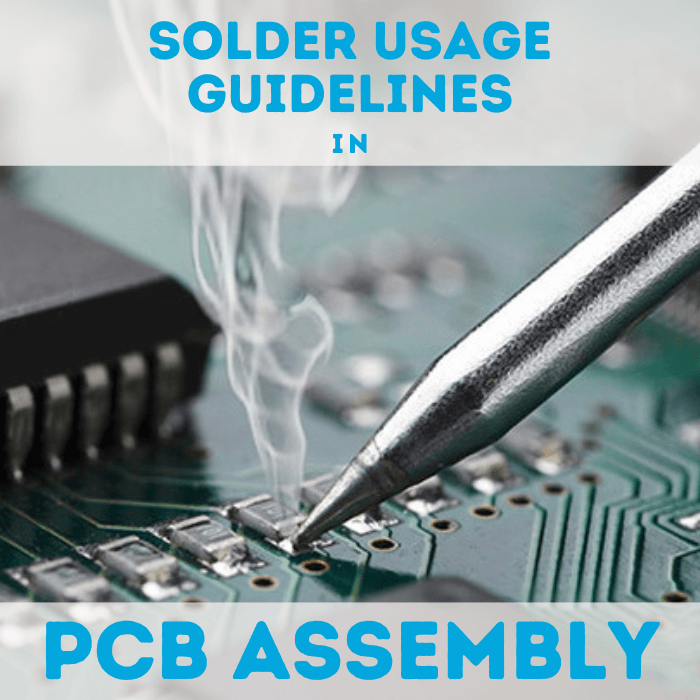Excessive solder deposition is a common challenge in PCB assembly, characterized by the unintended application of an excessive amount of solder, leading to various soldering anomalies and potential connectivity issues.
Understanding the underlying causes, potential impacts, and best practices for managing excessive solder is crucial for maintaining the integrity and functionality of printed circuit boards.
In this comprehensive exploration, we will delve into the root causes of excessive solder, analyze its potential impacts on PCBs, and provide practical strategies and best practices for achieving balanced solder usage and mitigating the risks associated with excessive solder in PCB assembly.

Causes of Excessive Solder:
Excessive solder deposition can result from several factors, including imprecise soldering techniques, the use of inappropriate soldering tools, or insufficient understanding of soldering requirements.
Factors such as the use of oversized solder tips, excessive solder paste application, or inconsistent soldering iron temperatures can contribute to the unintended deposition of excessive solder, leading to solder balls, bridging, or uneven solder joints, compromising the overall integrity and reliability of the PCB assembly.
Impacts of Excessive Solder on PCBs:
The presence of excessive solder can have significant implications on the performance and functionality of PCBs, particularly in terms of electrical connectivity and mechanical stability.
Excessive solder deposition can lead to the formation of solder balls, resulting in potential short circuits, connectivity issues, or signal integrity disturbances.
Furthermore, uneven solder joints due to excessive solder can compromise the mechanical stability of the soldered components, leading to poor shock and vibration resistance, increased susceptibility to mechanical stress, and potential mechanical failures during the operation of the PCB assembly.
Identifying Excessive Solder:
Identifying excessive solder requires a meticulous visual inspection of the soldered joints, focusing on the uniformity and quantity of the solder deposition on the component leads and the PCB pads.
Solder joints with excessive solder typically appear as irregular, protruding structures, with visibly uneven and excessive solder coverage on the surfaces.
Utilizing magnification tools, such as magnifying lenses or digital microscopes, can aid in the accurate identification and assessment of excessive solder deposition during the inspection process.
Best Practices for Managing Excessive Solder:
To manage excessive solder deposition and achieve balanced solder usage, implementing targeted best practices and preventive strategies is essential during the PCB assembly process.
Utilizing soldering irons with appropriate tip sizes and shapes, compatible with the soldering requirements and the component dimensions, can aid in achieving precise solder deposition and minimizing the risk of excessive solder accumulation.
Adhering to recommended solder paste application guidelines and stencil designs, and implementing controlled solder paste dispensing techniques, can help regulate the solder volume and promote uniform solder distribution, reducing the likelihood of excessive solder deposition.
Additionally, integrating automated soldering equipment with precise soldering parameters and programmable soldering profiles can facilitate consistent and controlled solder deposition, particularly for high-volume PCB assembly processes or complex soldering applications.
Conducting comprehensive soldering training programs for operators and technicians, emphasizing the importance of precision and moderation in solder deposition, can further enhance the awareness and skill set required for managing excessive solder and ensuring the production of high-quality, reliable PCB assemblies and electronic products.
Conclusion:
In conclusion, comprehensively understanding the challenges of excessive solder deposition in PCB assembly is pivotal for upholding the reliability and performance of electronic devices and systems. By addressing the root causes, assessing the implications, and adopting best practices and preventive strategies, manufacturers and electronics enthusiasts can significantly enhance the soldering quality and integrity of their PCB assemblies, contributing to the development of robust, high-functioning electronic applications and technologies.
